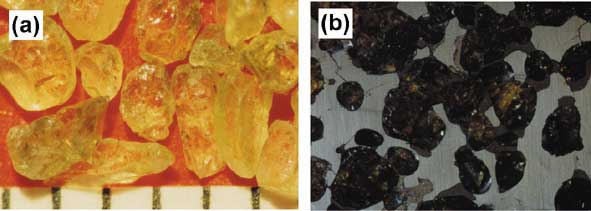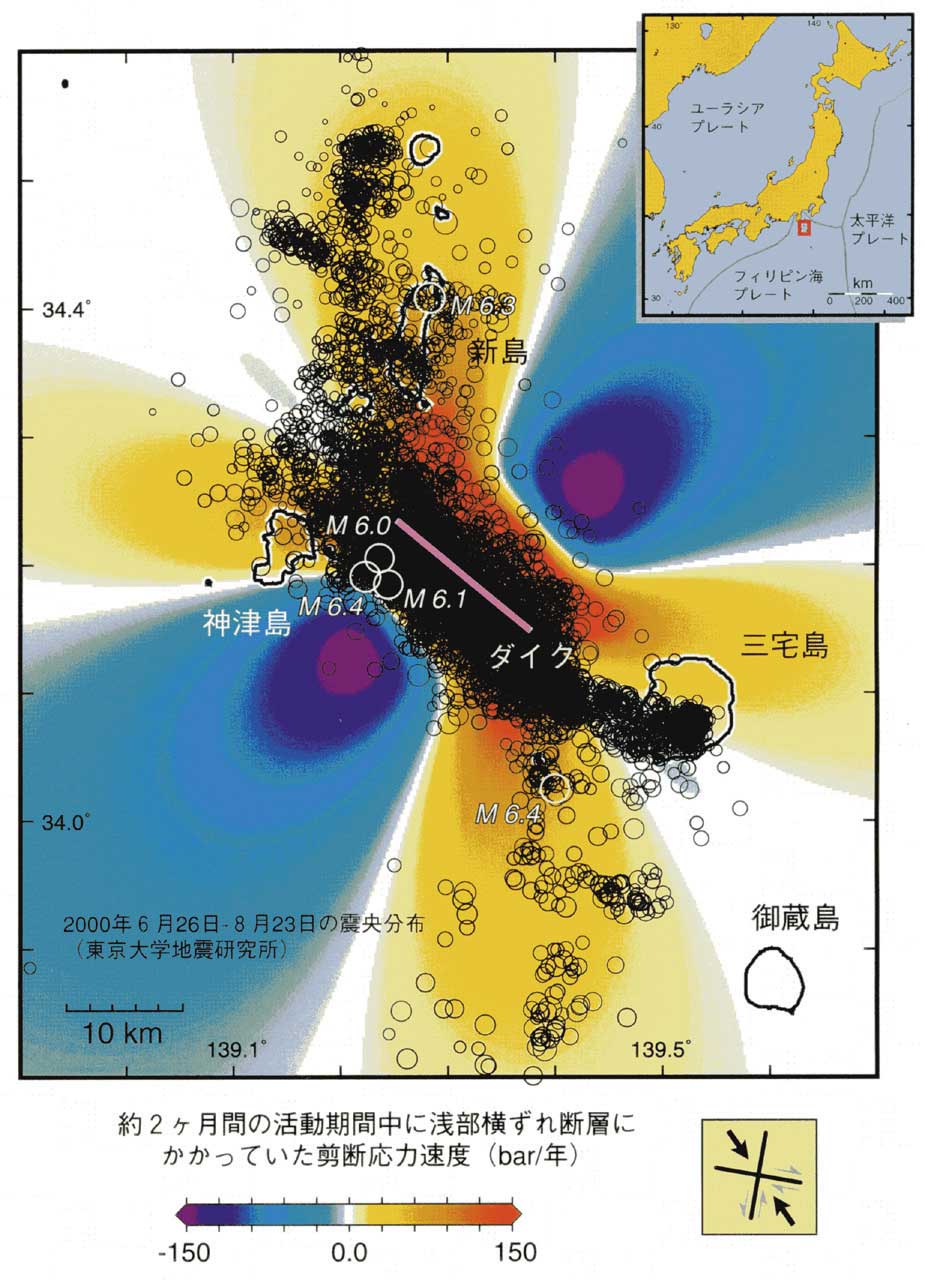
Fig.1. Samples we analyzed for noble gases. (a) olivine with mantle-derived
noble gases. Photograph is 6 mm wide.
(B) stony-iron meteorite (olivine is surrounded with Fe-Ni metal). 3 cm
wide.
Mechanical Properties of Solid-liquid Composites
Mechanical behaviors of solid-liquid composites are studied both theoretically
and experimentally. Special attention is paid to the
partially molten rocks and rock plus fluid systems kept at elevated
temperatures, which are characterized by the reaction rate rapid
enough to achieve textural equilibrium. Experimental studies on the
acoustic wave propagation and the development of stress-induced
anisotropy in partially molten media were performed using an analog
sample (a binary eutectic system of organic compounds), which
partially melts near room temperature.
Noble gas Geo-/cosmo-chemistry
Noble gases are useful tracers of physical processes because they
are little influenced by chemical processes. Isotopic compositions
of noble gases in terrestrial and extra-terrestrial materials are analyzed
to study their origins, mechanism of magmatic differentiation
processes, thermal histories, and surface erosion rates. Chronological
studies using K-Ar and Pu-Xe methods have also been carried
out for clarifying volcanism and planetary formation.

Fig.1. Samples we analyzed for noble gases. (a) olivine with mantle-derived
noble gases. Photograph is 6 mm wide.
(B) stony-iron meteorite (olivine is surrounded with Fe-Ni metal). 3 cm
wide.

Fig.2. Calculated shear stressing rate due to a dike inflation
and observed seismicity during the 2000 Izu Islands
swarm events (June 26- August 23). Most of the strike-slip
shocks have been triggered by the sudden jump of the
loading rate. We found that
the seismicity rate proportionally increased with the shear stressing rate.
On the mechanical and probabilistic viewpoints,
seismic and volcanic activities are analyzed to find available methods
for prediction:
e.g. the activity of the 2000 Izu Islands earthquakes
and the frequency of the aftershocks of the 2000 western Tottori Prefecture
earthquake. Also we tried to obtain crustal movements
using time-differential stereoscopy. At Usu volcano, remarkable uplift
was
detected in the western foot of the mountain
within several days after the commencement of the eruption in 2000.
Dislocation Model for Strain Accumulation at a Plate Collision Zone
Strain accumulation process taking place in
a zone of plate collision is formulated with dislocation models. The theoretically
calculated result reproduces well the result
of GPS observation in a central part of Honshu, Japan.

Fig.3. Superposition model of strain accumulation at a collision
zone. Removal of excess mass is necessary to
maintain a rigid plate motion, which is compensated by a tensile crack
dislocation.
Crustal Deformation Monitor
The crustal deformation monitor is to examine the strain and stress
state over the Japanese Islands which change daily and yearly.
The monitor calculates regional average strain and estimate regional
stress applying new inverse analysis methods. The data provided
by the monitor will be used to construct a reliable model of Japan,
as well as to simulate future crustal deformation and earthquake
events.
Strong Motion Simulator for Metropolis
The prediction of strong motion is essential for the hazard mitigation
and the emergency control. We are developing a new analysis
tool of the strong motion with the aid of multi-scale analysis theory.
The tool is to simulate the whole processes of an earthquake, i.e.,
from a source fault to a target point. Data measured at Yokohama City
are well reproduced by the analysis tool, with sufficient spatial
and time resolution.